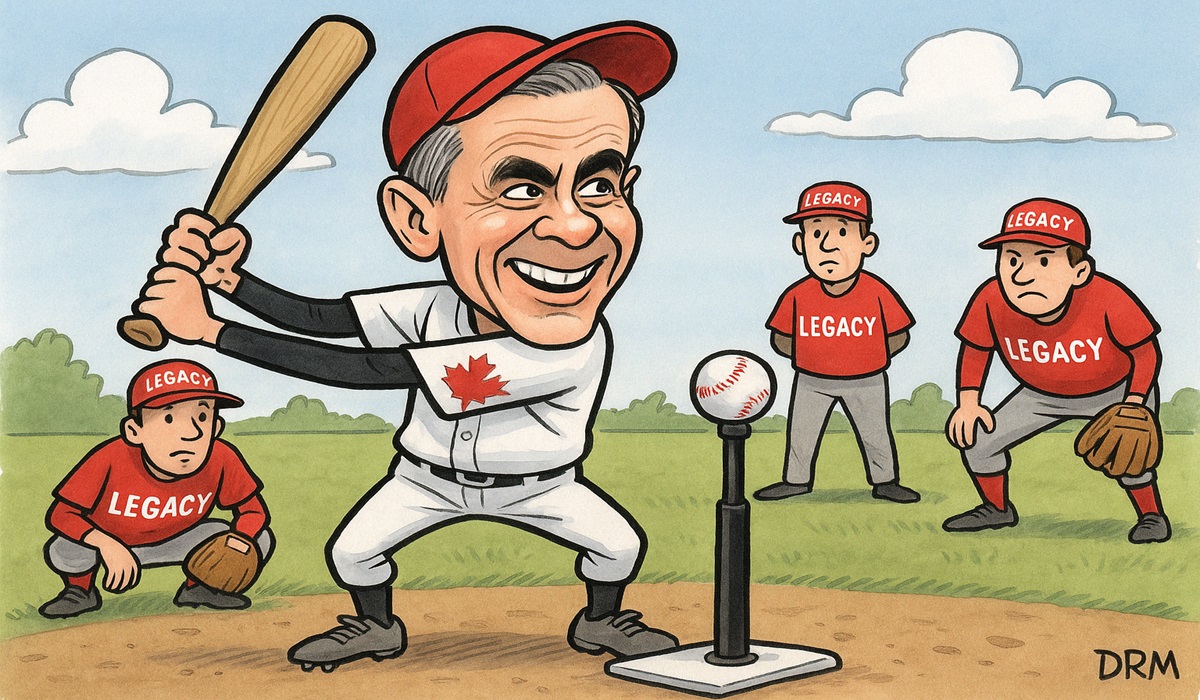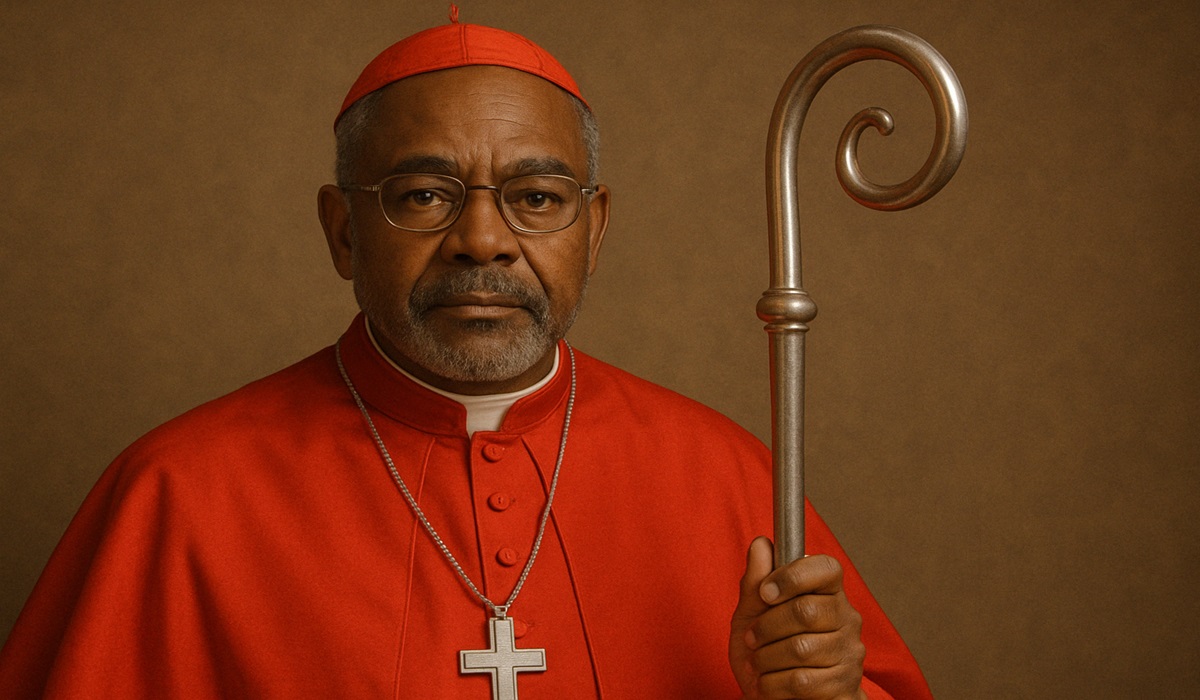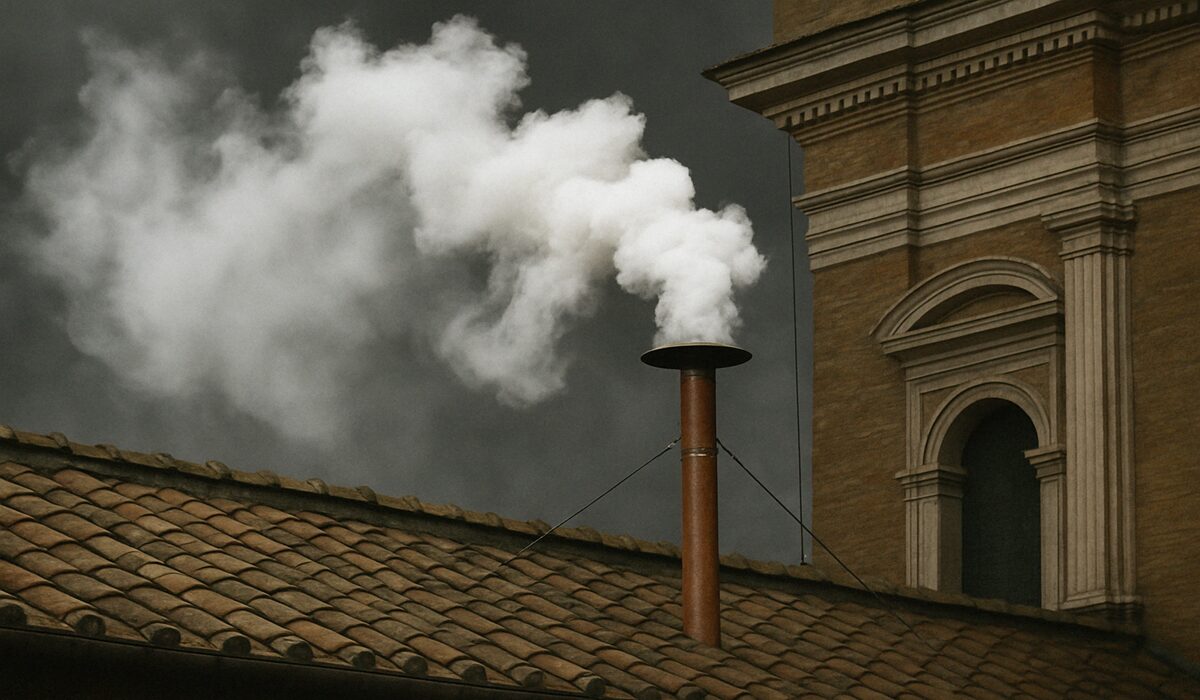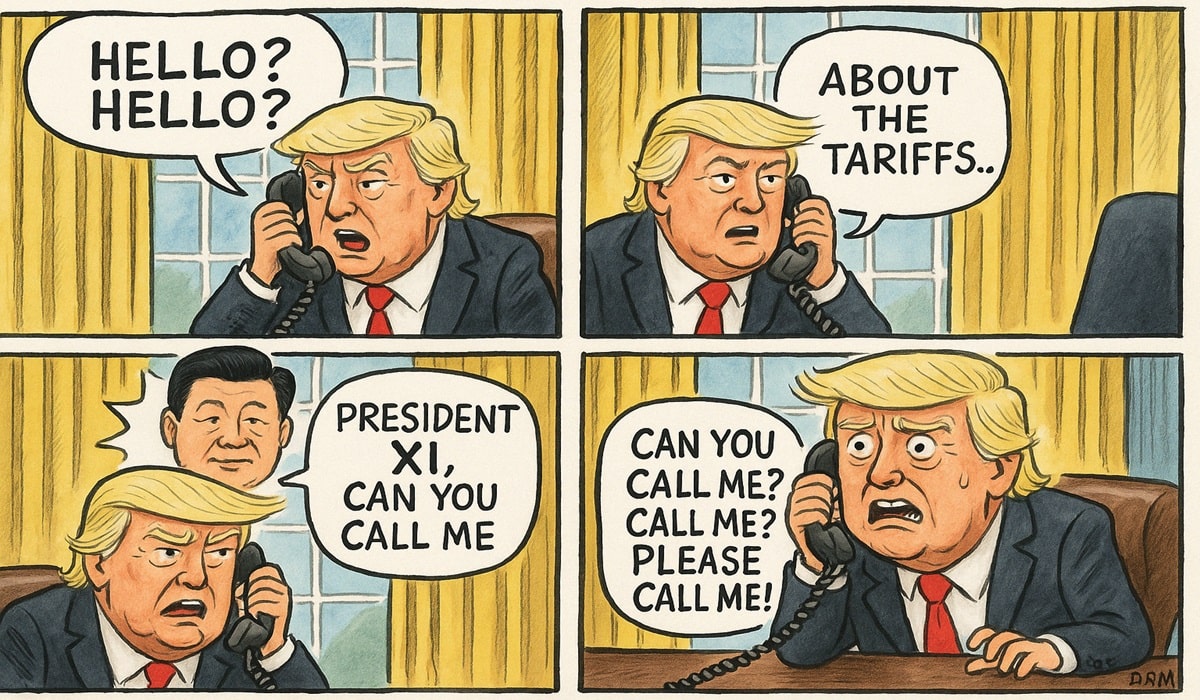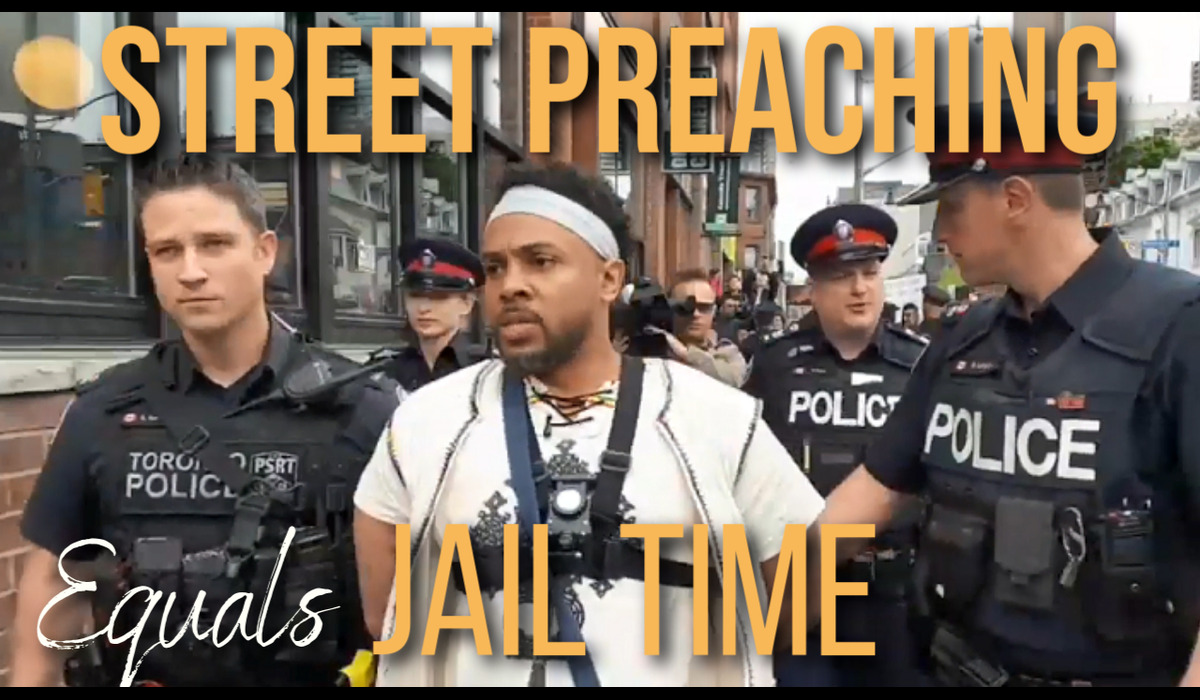The Death of Pope Francis and the Ancient Process of Electing a New Pope
- Ingrid Jones
- D.O.C Supplements - Trending News
- Religion
- April 22, 2025
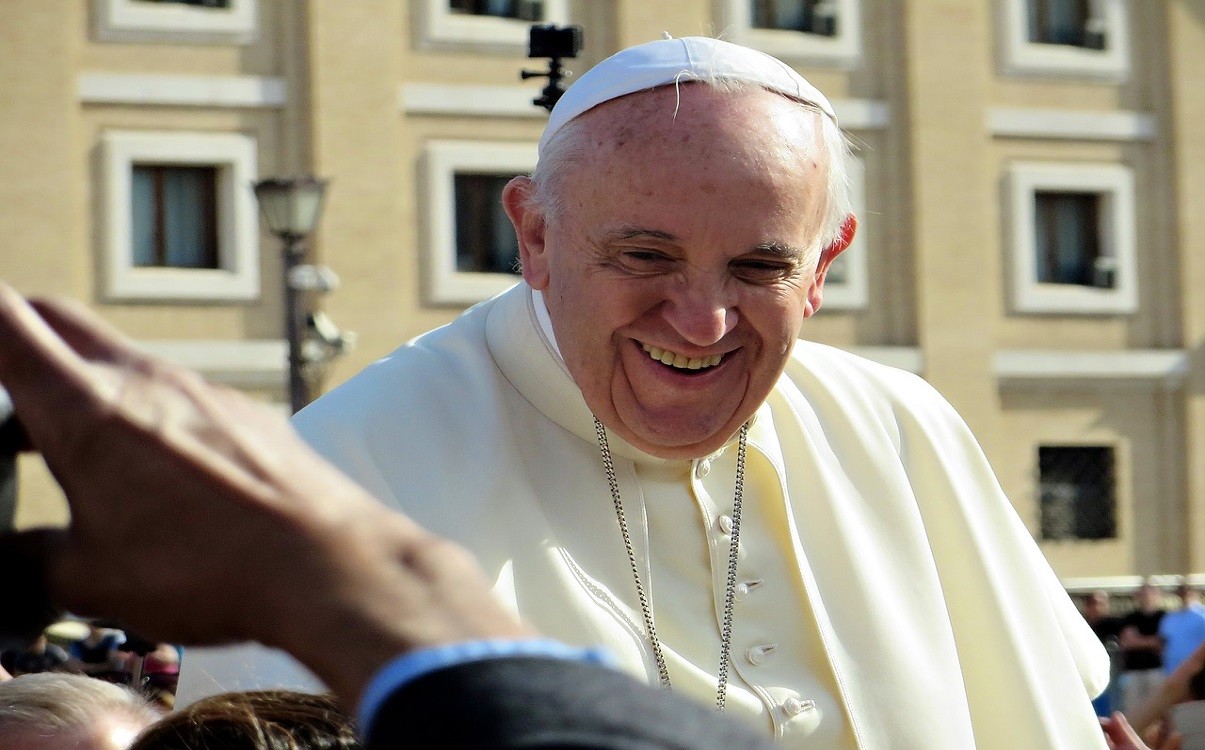
The passing of Pope Francis sets in motion a centuries-old ritual, a meticulously orchestrated sequence of events that bridges the sacred and the procedural. From the moment his death is confirmed, the machinery of the Vatican shifts into motion, governed by tradition, canon law, and the weight of history. The process is both solemn and precise, ensuring continuity in the leadership of the Roman Catholic Church while honoring the legacy of the departed pontiff.
Upon the pope’s death, the Camerlengo, the cardinal charged with overseeing the transition, formally verifies the passing before sealing the papal apartments. This act prevents any interference with documents or belongings. The Fisherman’s Ring, the pope’s personal seal of authority, is ceremonially destroyed, symbolizing the end of his reign. The lead seal used for official documents is also broken, ensuring no decrees can be falsely issued in his name. The Church then enters a period of mourning, known as the novendiales, spanning nine days of prayer and remembrance before the funeral.
With the Holy See now vacant, the College of Cardinals gathers in Rome. They hold general congregations, meetings where Church affairs are addressed and potential successors quietly discussed. The conclave, the secret election process, begins no sooner than fifteen days after the pope’s death but no later than twenty. The cardinals retreat into isolation within the Vatican, cut off from outside influence as they prepare to cast their votes in the Sistine Chapel.
Twice a day, ballots are collected and burned. If no pope is chosen, a chemical additive turns the smoke black, signaling to the world that the Church remains in waiting. When a cardinal reaches the required two-thirds majority—or, under Pope Francis’ reforms, an absolute majority if deadlock persists—the smoke blooms white. The moment is electric, a silent proclamation that a new leader has been chosen.
The newly elected pope is asked if he accepts his election. Upon his assent, he selects a name and is robed in white. The senior cardinal deacon steps onto the balcony of St. Peter’s Basilica and delivers the age-old proclamation: Habemus Papam! The world now knows the identity of the man who will guide the Church forward.
The rituals that follow—the inauguration Mass, the bestowal of the pallium and the new Fisherman’s Ring—are not mere formalities but acts of profound symbolism, binding the new pope to the unbroken line of his predecessors. In this way, the death of one pope does not leave a void but instead sets the stage for renewal, as the Church, in its ancient wisdom, ensures that the gates of hell shall not prevail against it.

